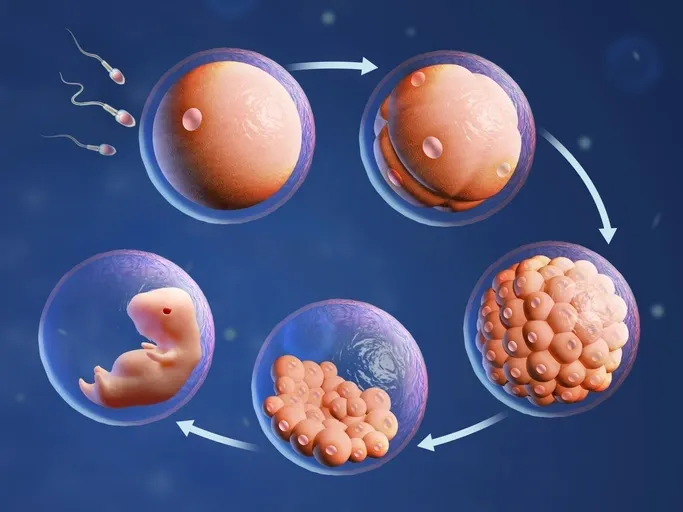New study on microRNAs could lead to better fertility treatment

Researchers at Karolinska Institutet have mapped how small RNA molecules, such as the recently Nobel Prize-awarded microRNAs, control cell development in the human embryo during the first days after fertilisation. The findings, published in Nature Communications, may eventually contribute to improved fertility treatment.
The study focuses on tiny molecules called small non-coding RNAs (sncRNAs), which include microRNAs. Unlike mRNA (messenger RNA), these RNA molecules don’t code for proteins but play a major role in regulating the activity of genes. Acting like switches, they turn genes on or off to guide how cells in the embryo grow and become different cell types.
Identify healthy embryos
The researchers have developed an atlas that shows which sncRNAs are crucial in the days following fertilisation, when a fertilised egg starts dividing and forming an early embryo (the blastocyst). These molecules help guide which cells will become the embryo and which will form the placenta and are thus crucial for a healthy pregnancy.

“Understanding these processes could help improve fertility treatments like IVF by making it easier to identify which embryos are most likely to thrive,” says Sophie Petropoulos, senior researcher at the Department of Clinical Science, Intervention and Technology, Karolinska Institutet, who led the study.
Key role in cell development
The study identified important groups of sncRNAs, including two microRNA clusters (C19MC and C14MC) that play a key role in cell development and function. C19MC was found in cells that later formed the placenta, while C14MC was found in the cells that make up the embryo.
“Until now, virtually nothing has been known about sncRNAs in the human embryo,” says Sophie Petropoulos. “Our study not only has implications for fertility treatment but also opens doors for future research in stem cell therapy and developmental biology, helping us better understand how life begins,” she adds.
The study was financed by the Swedish Research Council, the Swedish Society for Medical Research, and the Canadian Institutes of Health Research. There are no reported conflicts of interest.
Publication
“An atlas of small non-coding RNAs in human preimplantation development”, Stewart J. Russell, Cheng Zhao, Savana Biondic, Karen Menezes, Michael Hagemann-Jensen, Clifford L. Librach & Sophie Petropoulos, Nature Communications, online 5 October 2024, doi: 10.1038/s41467-024-52943-w.
